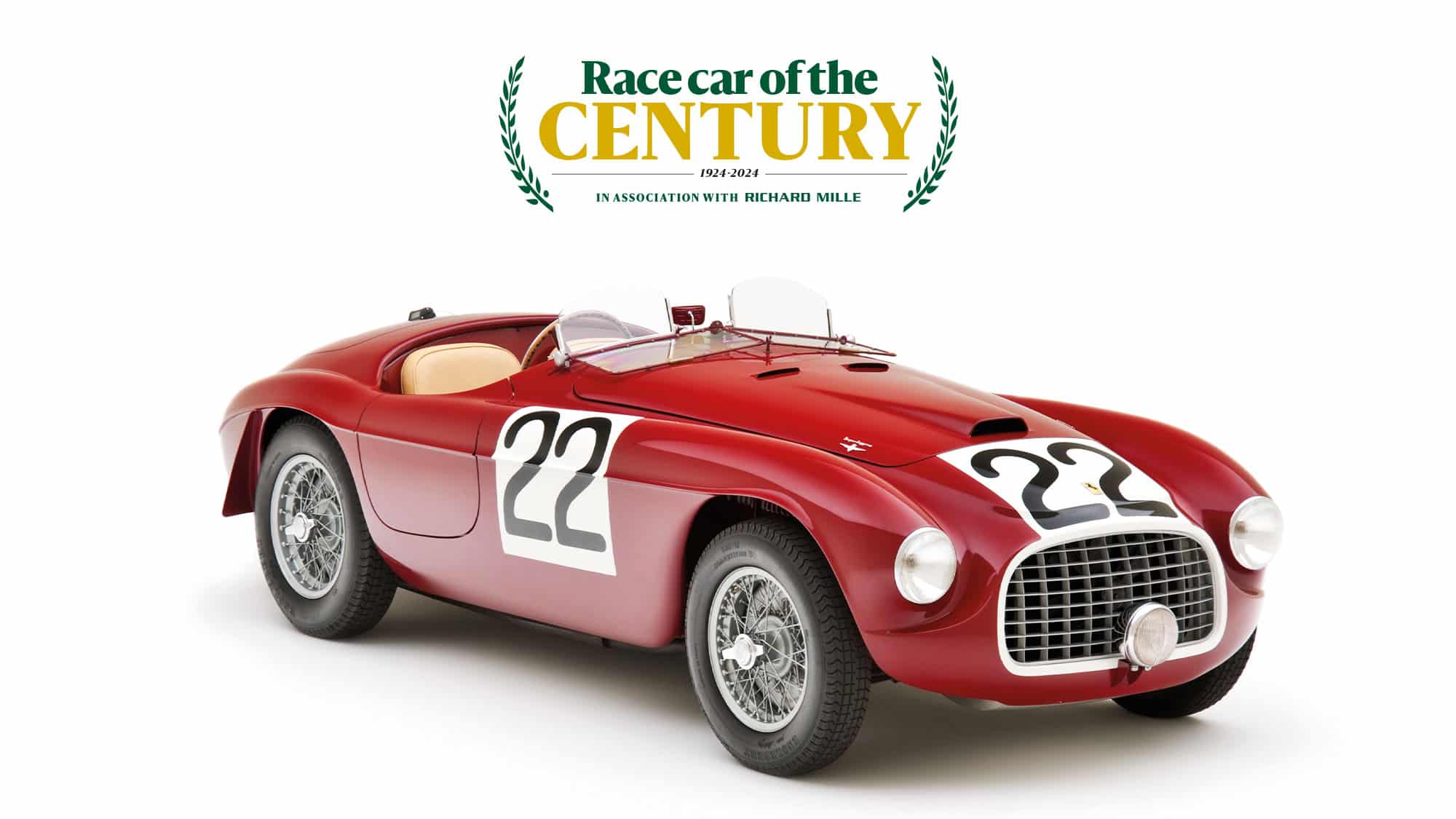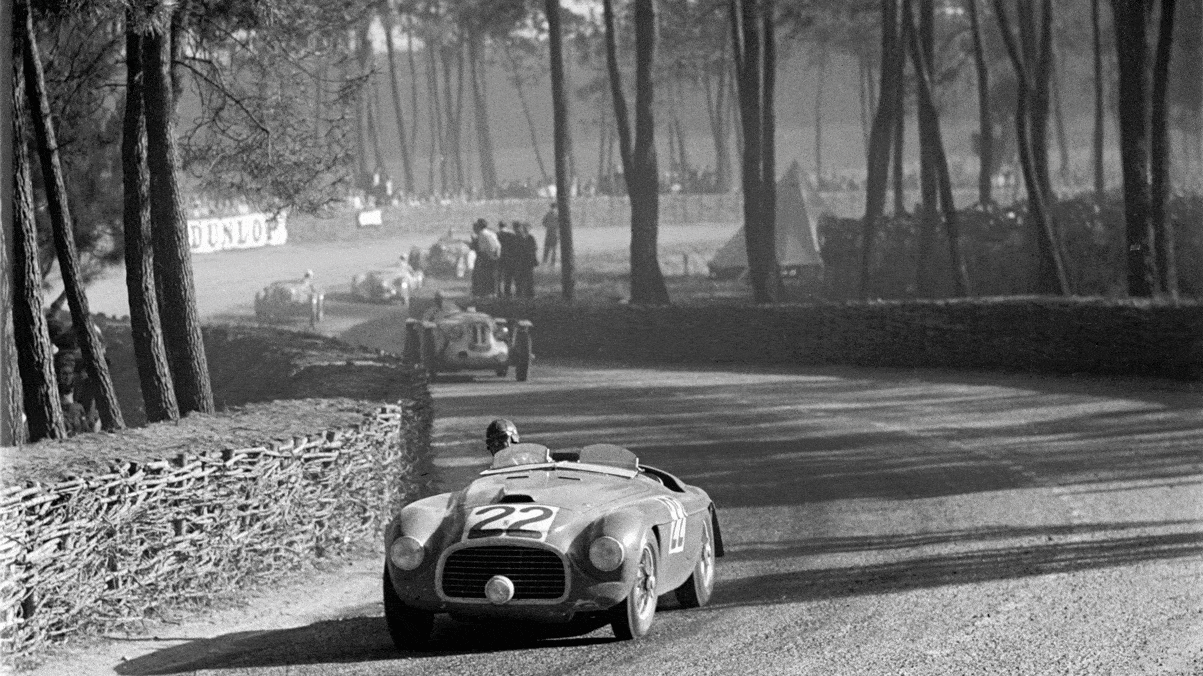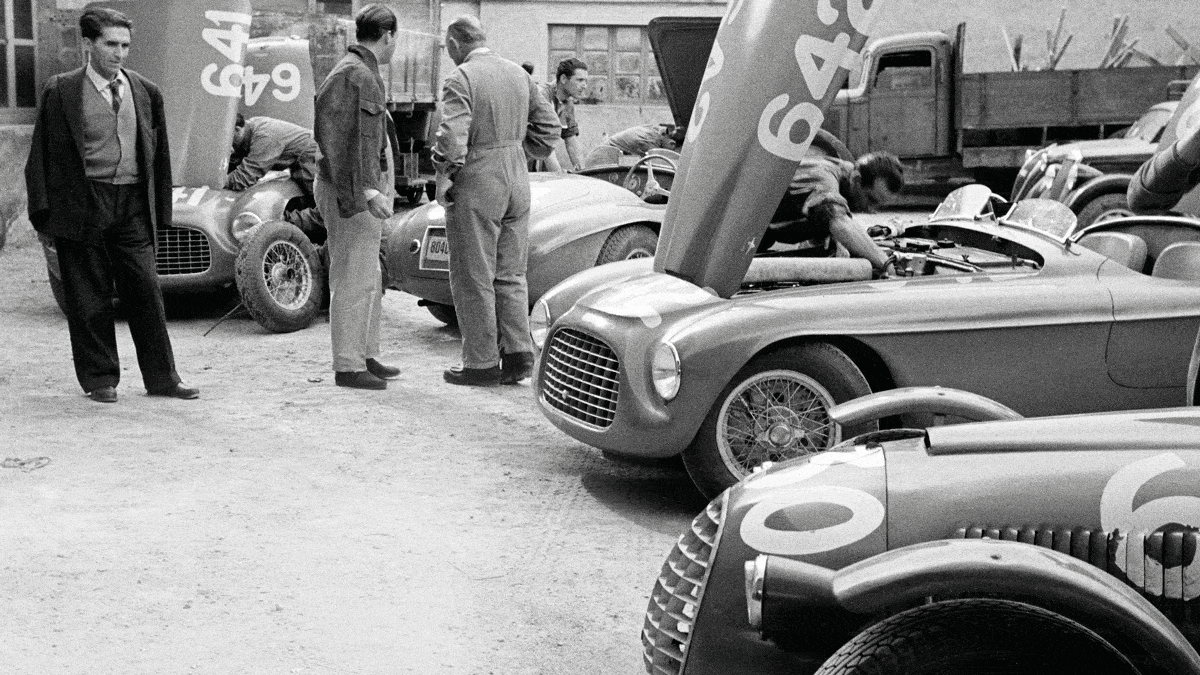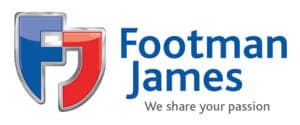Ferrari 166: the car that conquered Le Mans, Targa Florio & Mille Miglia
A model that won the Le Mans 24 Hours, Targa Florio and Mille Miglia, this beautiful 1940s barchetta established Ferrari as a force to be reckoned with. Damien Smith tells its story

Klemantaski Collection
Voting has now closed in our Race Car of the Century poll and the winner will be announced later this summer. Sign up to our Archive newsletter and you’ll be among the first to be notified.
3 1940s Ferrari 166
The most important Ferrari of them all? That’s quite a claim. But it’s certainly safe to say the 166 is among the most significant, largely because of its prominence as the company’s first major race winner in the emerging post-war world. The 166 and its MM derivative got the Ferrari ball rolling on… well, everything.
Back in 1940, as Enzo Ferrari ducked and dived through the Second World War, he’d commissioned Carrozzeria Touring of Milan to create his Auto Avio Costruzioni 815 – catchy name – that preceded the foundation under his own surname of the most famous carmaker of them all. Now as he strived (and struggled) to gain financial traction in ravaged war-torn Italy, he called on Carrozzeria again to turn his nascent 166 into a true thoroughbred to gallop around Europe’s race tracks.
Gioacchino Colombo’s 2-litre 60-degree V12 gave the model its identity, providing 166cc per cylinder. The single overhead cam was topped by three Weber carburettors and matched to a five-speed transmission. Good for 160bhp at 6600rpm at a kerb weight of just 650kg, no wonder the 166 MM (for Mille Miglia) caused such a stir on its debut at the 1948 Turin Motor Show.

At the 1949 Le Mans 24 Hours, Luigi Chinetti shouldered the lion’s share of driving Lord Selsdon’s Ferrari 166 MM – and won
Getty Images
It was Luigi Chinetti who used the 166 to showcase Ferrari’s potency to the wider world – and principally to the biggest market of them all: the United States. Twice a Le Mans winner for Alfa Romeo in the 1930s, he’d crossed the Atlantic in 1940 to run a pair of Maseratis at the Indy 500 for Lucy O’Reilly Schell (mother of Harry), and in the tumult of war understandably stayed put to sow roots from which he’d eventually spring as Ferrari’s North American importer.
He returned to his old stomping ground for the first Le Mans 24 Hours run since the end of global hostilities in June 1949, to race a 166 MM owned by Lord Selsdon (who had raced as Peter Mitchell-Thomson). Pre-race, Enzo was worried – so much so that the night before he asked Chinetti to withdraw the entry, fearing unreliability in the face of opposition that included Delahaye, Talbot, Aston Martin, privateer Delages and even a coupé Bentley. But Luigi placated those concerns. He’d used all of his experience to prep chassis 0008M, installing an oil reserve tank in the passenger’s side floor in a bid to avoid opening the bonnet during the twice-round-the-clock epic. Chinetti then delivered one of the great Le Mans drives.
The Ferrari moved into the lead during the night, the car’s owner only taking the wheel for all of 72 minutes early on Sunday morning. “The crowd on the balcony clapped – at 4.26am, mark you! – as Selsdon took over the leading Ferrari from Chinetti, who had driven the car continuously up to this point,” said Motor Sport. “The engine fired after the starter had spun for what seemed an age.

Barchettas abound: Mille Miglia, 1949
Getty Images
“Selsdon halted for about a minute at 5.38½ am for the aero-screen to be cleaned and the shock-absorbers to be taken up and Chinetti resumed.” Chinetti nursed a slipping clutch for almost the duration to claim his own Le Mans hat-trick and a landmark for Enzo, begrudgingly acknowledged as Chinetti established Ferrari in the States on the back of the publicity he garnered from that victory.
There was more to the 166 than Le Mans, however. The other, perhaps overlooked, character in Ferrari’s post-war emergence is Clemente Biondetti. He won the first post-war Mille Miglia in an Alfa Romeo 8C 2900 in 1947, then used a 166 SC to win again a year later – and completed a personal hat-trick in a 166 MM (named in honour of his previous success) in the final year of the decade, ahead of another 166 driven by Felice Bonetto. That feat also completed a special double for 1949. A month earlier Biondetti had conquered the Targa Florio in a 166 SC too.
The month after Le Mans, Chinetti – who in 1948 ran a 166 SC to victory at Montlhéry’s Paris 12 Hours – added yet another major scalp to the model’s roster at the Spa 24 Hours to complete the set. As the decade turned, the aura of Ferrari’s alchemical special brew had firmly taken root, embedded by its victories on Europe’s most taxing race circuits. In the form of the 166, the Prancing Horse had already hit its stride.
MS verdict: The car that started the legend, and in which Luigi Chinetti achieved Le Mans immortality.
Sponsored by Footman James

